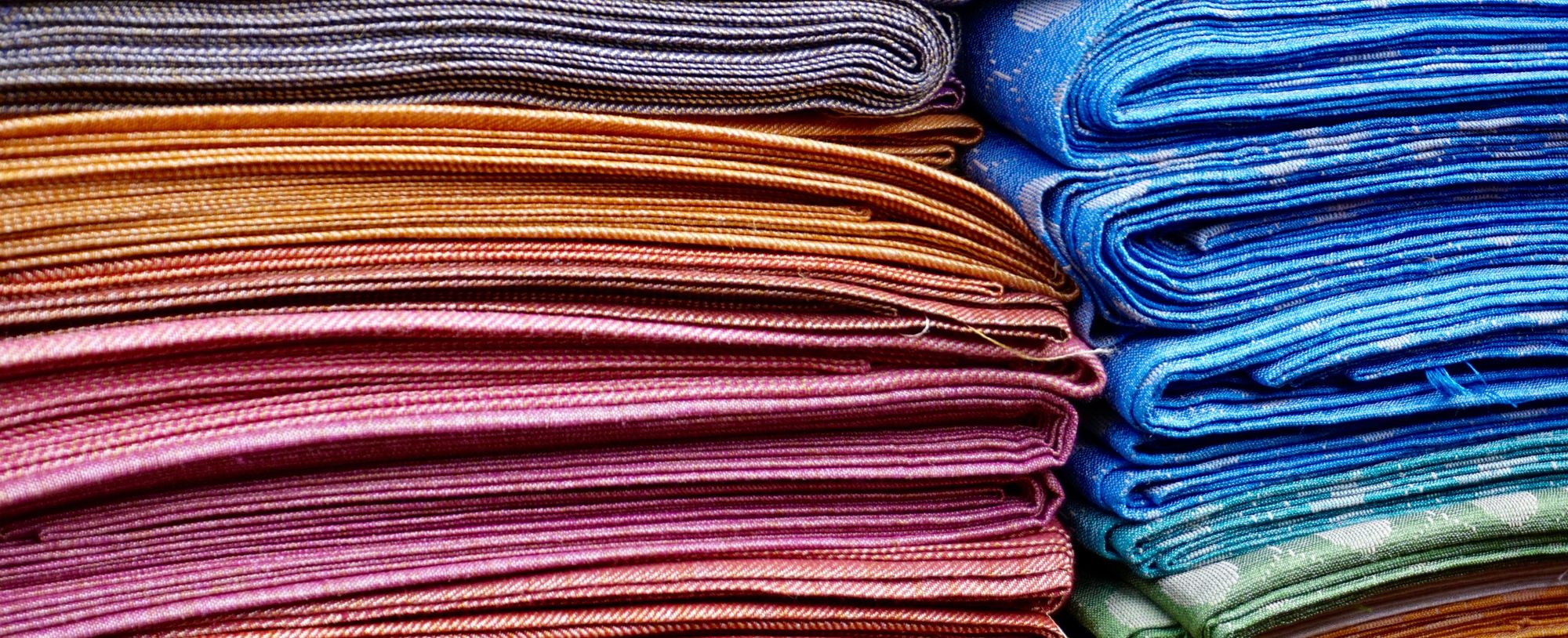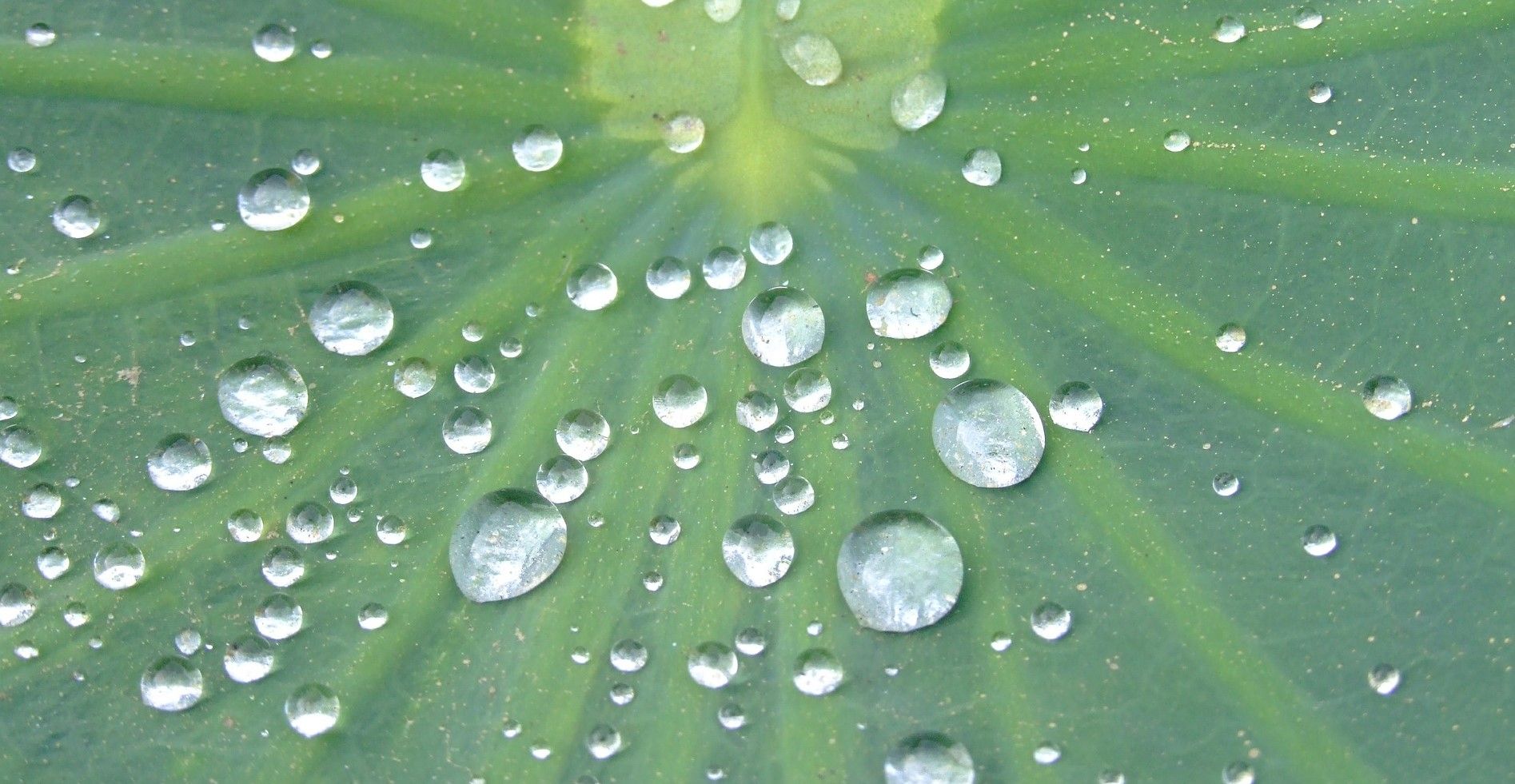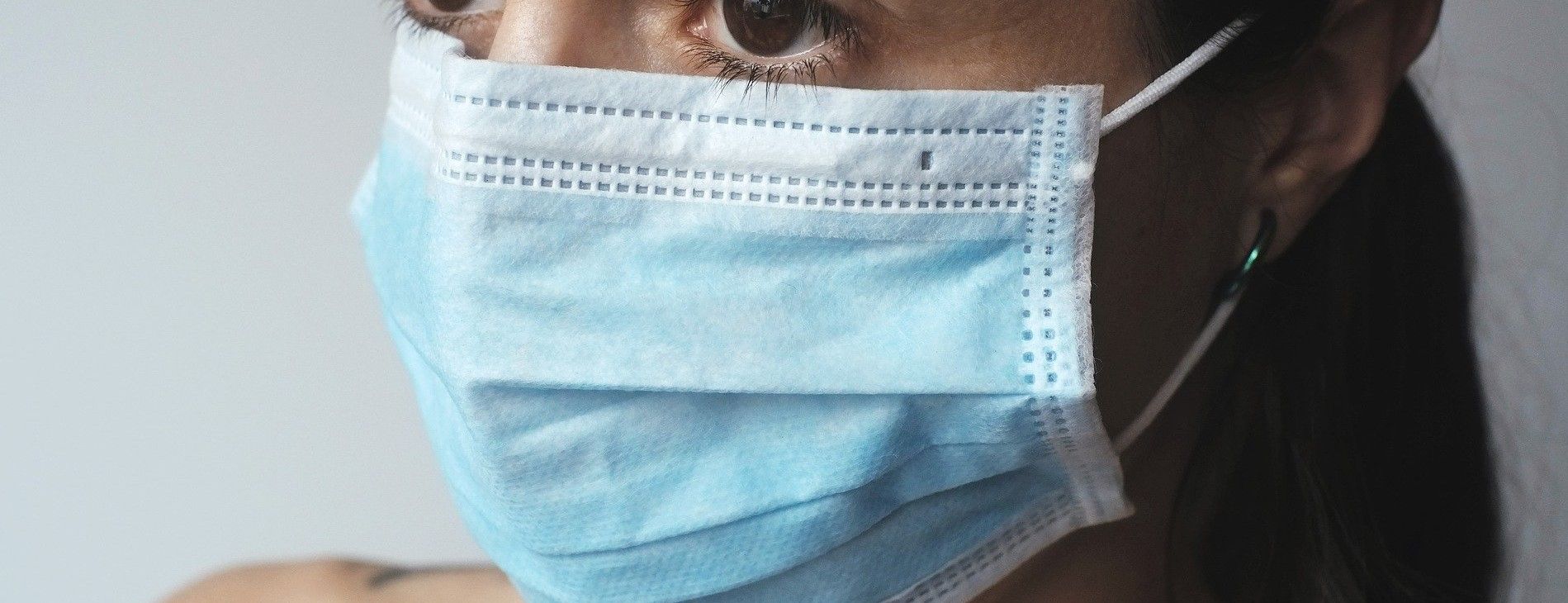Nanotechnology specialists in the UK have made a breakthrough in textile innovation by applying nanoparticles of silica to create a water-resistant material suitable for use in personal protective equipment as well as the sports and leisurewear markets.
The discovery began as nanomaterial researchers were looking for a more environmentally friendly way to make hydrophobic fabrics. At present, the most common way to waterproof a material is by using highly fluorinated chemicals. However, recent ecological studies have found that perfluorocarbons and polyfluoroalkyl substances (PFCs and PFASs) often make their way into the water system and can have negative effects on human and wildlife health. Additionally, some do not naturally degrade, and so have been given the name ‘forever chemicals’.
To avoid using PFCs and PFASs, members of the British textile and inkjet technology industries funded research into finding a nanotechnology alternative.

The result of this research investment is a method for using functionalised silica (silicon dioxide) nanoparticles which can be incorporated into a water-based ink for digitally printing on to textiles.
The commercialising of the technique is being done by the company Promethean Particles who explain that, “… functionalised silica nanoparticles play a key role in providing superhydrophobic properties by manipulating the natural surface roughness of the textile microstructure fibres with selectively designed surface chemistry. This provides the uplift required from superhydrophobic performance at the nanoscale level without the use of perfluorooctanesulfonic acid (PFOS).”
“The objective of this project is to deliver a cost-effective, alternative treatment that provides textiles with durable repellent characteristics, while retaining performance,” says Dr Selina Ambrose, who is the Technical Manager at Promethean Particles. “The unique nanoparticle manufacturing process that Promethean has developed will be crucial to bringing this to fruition.”

Water repellent fabrics have a great many applications. As Dr Ambrose describes, “Durable water repellent technologies have been traditionally incorporated into technical textiles for Personal Protective Equipment (PPE) applications, utilised by first responders, military personnel and outdoor industrial workers.”
Adding that, “More recently, there has also been a trend for water repellent apparel within high-end fashion, sports and leisurewear markets. As demand for such fabrics increases, it has become necessary to find a manufacturing solution that is greener and safer yet doesn’t comprise the other key functionalities of these high-performance textiles including durability, comfort and breathability.”
It is also possible that nanoparticles could be used to make hydrophobic products that help protect against the spread of coronavirus.
At present, most face masks are made with regular cotton. They provide a simple, physical barrier between the wearer’s nose and mouth and the outside world. However, their biggest design flaw is that the fabric absorbs water droplets from exhaled air, becoming a breeding ground for viruses and bacteria living in the water moisture.

If masks were to be made with this novel hydrophobic fabric, then it could, at least theoretically, reduce infection rates.
While clearly more work is required to see if this hypothesis is correct, the idea of applying nanotechnology to guard against viral and bacterial infection in masks and other protective gear is not new.
Already, the Prague-based AG CHEMI GROUP, have developed a method for embedding nanoparticles into fabric to create a textile that kills viruses and bacteria. The product is called NANO AB PP-25 and uses nanoparticles of copper, zinc, silver, gold, and cerium.
As Igor Sevcenko, AG CHEMI GROUP’s CEO, explains, “Today, together with Czech manufacturers, we have developed nano technologies than can produce fabrics with active bactericidal effects, killing 99.99% of all known bacteria and viruses.”
With the world possibly about to enter a second wave of COVID-19, it is comforting to know that the nanotechnology industry is working hard to improve products to combat the threat.
Hydrophobic textiles and antiviral/antibacterial nanofabrics may sound like space age technologies. However, with man landing on the moon more than 50 years ago, space age is history. Instead, in today’s world of superbugs and global pandemics mankind needs something stronger than penicillin and cotton masks to avoid getting sick. To stay healthy in 2020 the world needs nanotechnology.
Photo credit: Pixabay, Honey Kochphon Onshawee from Pixabay, Digital Buggu from Pexels, & Juraj Varga from Pixabay